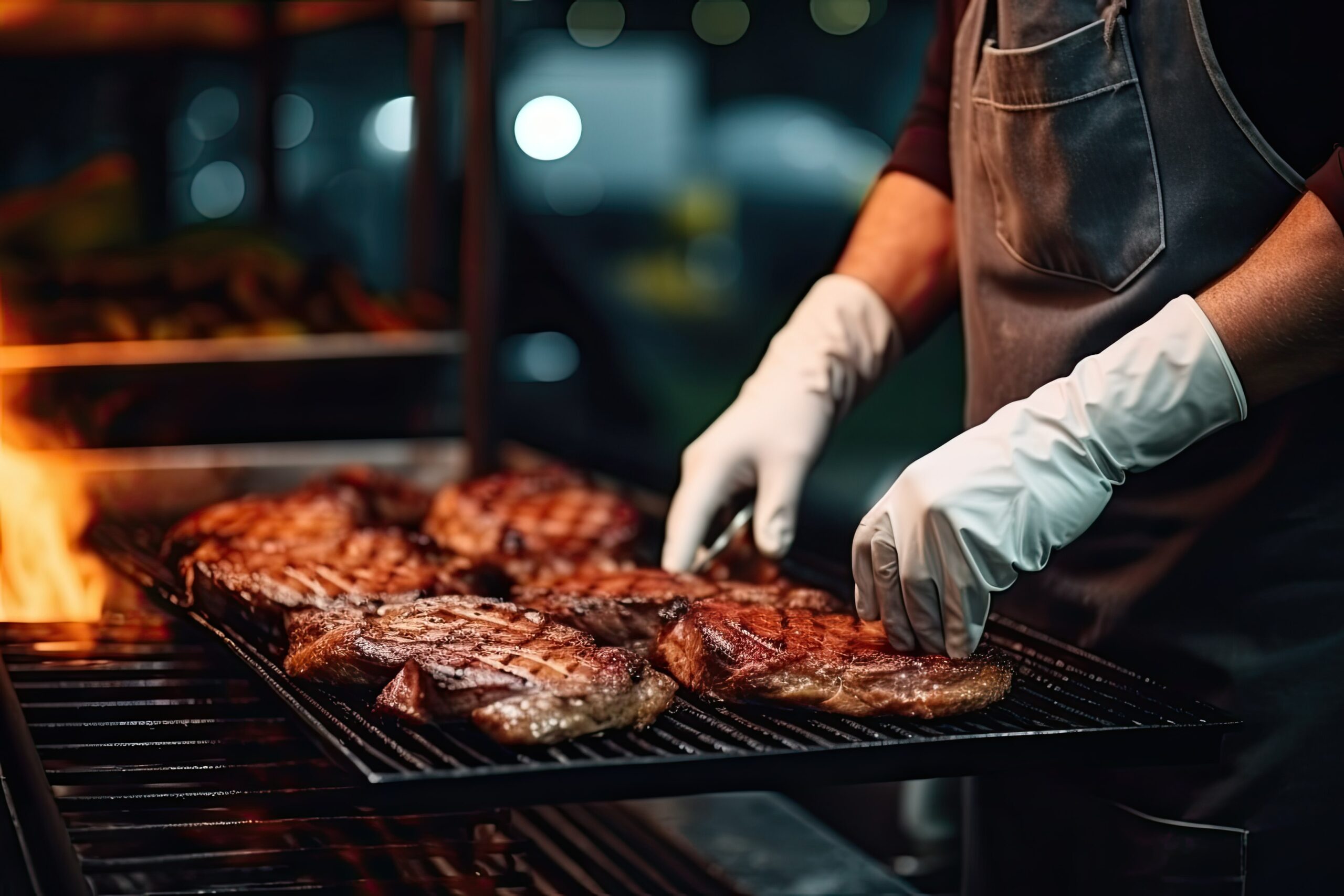Food safety is a critical aspect of any restaurant operation, and with Time and Temperature Control (TCS) foods, it becomes even more crucial. These foods require specific heat or cold temperatures to prevent bacterial growth and keep them safe to eat. You must know TCS foods’ proper handling, preparation, and storage to ensure food safety and prevent foodborne illness. This blog post will discuss the guidelines and protocols for preparing time and temperature-control foods for your restaurant.
Understanding TCS Foods
TCS foods are prone to bacterial growth at improper temperatures, including meats, dairy and egg products, and cooked vegetables. To prevent bacterial growth, the ideal temperature range for cooked food should be between 140-165°F (60-74°C). Raw food items like meat, poultry, and seafood must be stored at 40°F (4°C) or below to prevent bacteria from multiplying. If TCS foods are stored outside the safe temperature range, harmful bacteria like Listeria, Salmonella, or E. coli can cause foodborne illness that can be severe or even fatal.
Preparation Practices
When preparing TCS foods, it’s essential to follow safety protocols to prevent contamination and ensure food safety. Staff must wash their hands before preparing food, practice good hygiene, and sanitize all equipment and workspace areas, including chopping boards, slicers, knives, and countertops. To prevent cross-contamination, they should use separate cutting boards and utensils for different food groups, like meats and vegetables. Moreover, staff should not prepare food if sick, and servers or other staff should handle food as minimally as possible to reduce the spread of germs.
Monitoring Temperatures
Temperature monitoring and record-keeping are crucial to ensure TCS foods remain at safe temperatures before and after preparation. Staff must check the temperature of raw and cooked food items using a calibrated thermometer for cooking, reheating, and cooling purposes. The internal temperature of cooked meat, poultry, and seafood should be checked using a thermometer, and it should reach the safe temperature range for that food type before serving. Staff should discard spoiled or contaminated food outside the safe temperature range.
Storing TCS Foods
Proper storage of TCS foods is vital to prevent bacterial growth and maintain their quality. Raw food items should be stored separately from cooked foods to avoid cross-contamination, and all perishable food items should be refrigerated or frozen below the safe temperature range. Each refrigerator should have a thermometer to check its temperature and not be overloaded to maintain adequate air circulation. Moreover, staff should regularly check the expiration dates of food items and dispose of them after use to prevent the risk of serving expired or spoiled food.
Training Staff
Lastly, training your staff regarding food safety and handling protocols, including TCS foods, is essential. As a restaurant owner or manager, you should provide your team with extensive training and refresher courses on proper hygiene, food preparation, temperature control, and storage protocols. Additionally, you can perform regular audits to ensure protocols are followed, and staff understands their importance.
Preparing TCS foods is essential in maintaining food safety and preventing foodborne illness. As a restaurant owner or manager, you play a vital role in ensuring your staff and food handling protocols are up-to-date with the best practices for TCS food preparation. You can maintain a safe and reputable restaurant operation by following proper guidelines to prevent contamination, monitoring temperatures, storing food correctly, and training staff regularly.

